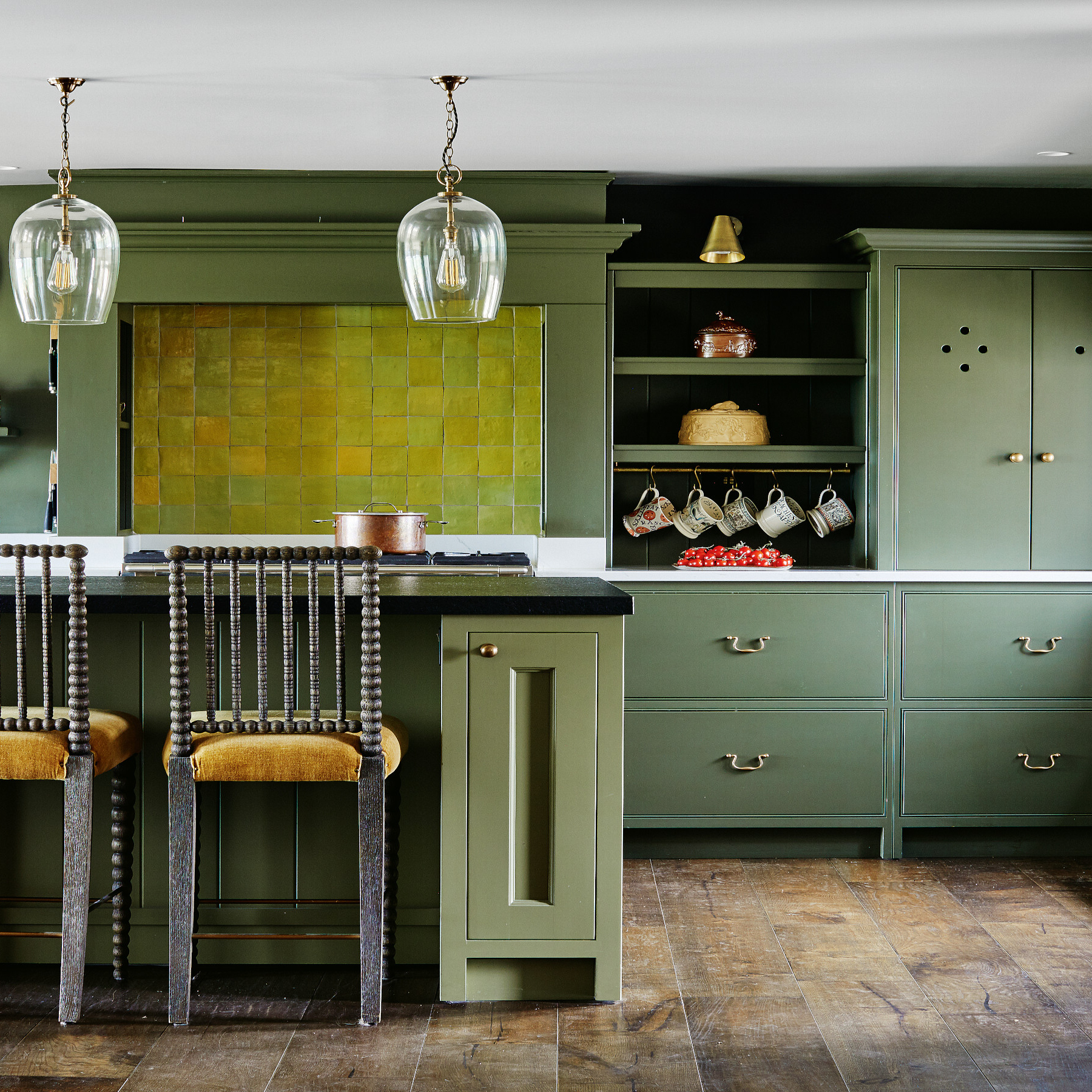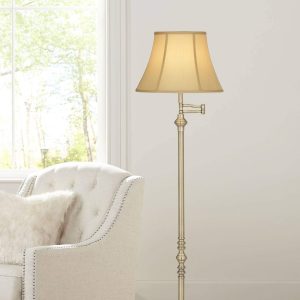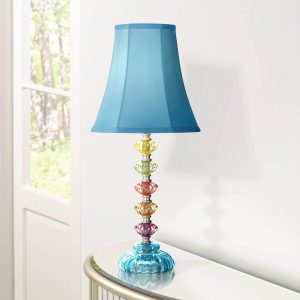
Radiant Elegance: Exploring the Artistry of Sculpture Light Fixtures
Sculpture light fixtures are not just functional lighting pieces, but also works of art that are capable of elevating any space with their unique shapes and illuminated designs. This article will explore the artistry of sculpture light fixtures, from their history and evolution to their impact on modern interior design.
The History of Sculpture Light Fixtures
The use of light fixtures as decorative pieces can be traced back to ancient civilizations, where lamps and lanterns were adorned with elaborate designs and patterns. In the medieval and Renaissance periods, chandeliers emerged as prominent symbols of luxury and elegance, often embellished with crystals and other precious stones. However, it was not until the early twentieth century that sculpture light fixtures began to gain popularity, with the emergence of the Art Deco movement and its emphasis on sleek, stylized forms.
In the decades that followed, sculpture light fixtures continued to evolve, with designers experimenting with a wide range of materials, from glass and metal to paper and fabric. Some of the most iconic designs of the mid-twentieth century include the Arco lamp by Achille and Pier Giacomo Castiglioni, the Tizio lamp by Richard Sapper, and the PH5 pendant by Poul Henningsen.
The Artistry of Sculpture Light Fixtures
Sculpture light fixtures are more than just decorative objects – they are artful combinations of form and function that can transform an ordinary room into a stunning space. From minimalist, abstract designs to intricate, nature-inspired shapes, there is a sculpture light fixture for every interior style and taste.
One of the key elements of the artistry of sculpture light fixtures is their use of light and shadow. By strategically placing bulbs and diffusers, designers can create a range of effects, from soft, ambient lighting to dramatic, directional beams. The interplay between light and shadow can also add depth and texture to the fixture itself, transforming it into a dynamic, three-dimensional object.
Materials and Techniques
Another important aspect of the artistry of sculpture light fixtures is the use of materials and techniques. While metal and glass are common materials, designers are increasingly exploring unconventional options, such as recycled paper, natural fibers, and even 3D-printed components. Techniques like laser-cutting and CNC-machining allow for precise, intricate cuts and shapes, while hand-crafting techniques like bending, molding, and weaving bring a sense of warmth and character to the final product.
The Impact of Sculpture Light Fixtures on Interior Design
Sculpture light fixtures have become increasingly popular in modern interior design, as homeowners and designers seek to create unique, personalized spaces that reflect their taste and personality. By combining artistry and functionality, sculpture light fixtures can elevate any room, from a cozy bedroom to a grand entryway or dining room.
One of the benefits of sculpture light fixtures is their versatility – they can serve as focal points, accent pieces, or even functional elements like task lighting or ambient illumination. They can also be customized to suit different spaces and styles, from sleek, modernist designs to rustic, bohemian-inspired pieces.
Tips for Choosing and Installing Sculpture Light Fixtures
When choosing and installing sculpture light fixtures, there are a few key factors to consider. First, consider the scale and proportion of the fixture in relation to the room – a large, dramatic chandelier may overwhelm a small space, while a small lamp may get lost in a larger room. Secondly, think about the function of the fixture – is it meant to provide ambient lighting, direct task lighting, or a combination of both? Finally, consider the style and mood of the room – a sleek, minimalist fixture may not be the best fit for a cozy, bohemian-inspired bedroom.
Installing sculpture light fixtures can also involve some technical considerations, such as wiring and mounting. While some fixtures may be easily installed using existing wiring and mounting brackets, others may require professional installation or modifications to the electrical system. It’s important to consult an electrician or lighting specialist to ensure the safety and functionality of the fixture.


